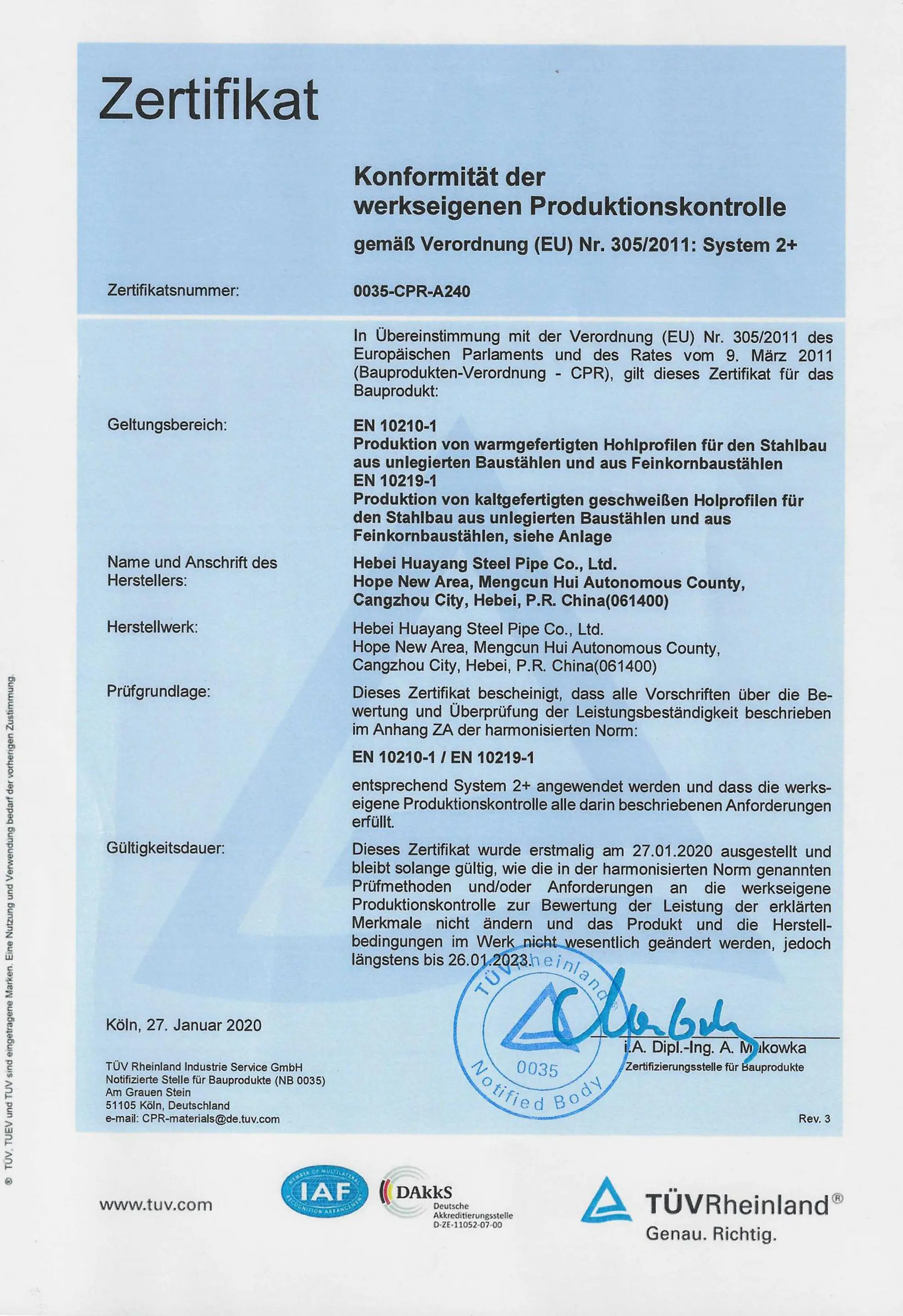
Dec . 04, 2024 10:35 Back to list
How Hydroxyethyl Cellulose is Produced and Its Manufacturing Process Explained
How is Hydroxyethyl Cellulose Made?
Hydroxyethyl cellulose (HEC) is a water-soluble polymer derived from cellulose, a natural polymer that forms the structural component of plants. HEC is widely utilized in various industries including pharmaceuticals, food, cosmetics, and construction due to its thickening, gelling, emulsifying, and stabilizing properties. Understanding how hydroxyethyl cellulose is made involves exploring both the source of cellulose and the chemical processes that convert it into HEC.
Source of Cellulose
The production of hydroxyethyl cellulose begins with the extraction of cellulose from plant materials. The most common sources of cellulose include wood pulp, cotton, and other plant fibers. The extracted cellulose is a raw, two-dimensional polysaccharide consisting of glucose units linked by β-1,4-glycosidic bonds. The purity of the cellulose is crucial; it must be free from hemicellulose, lignin, and other impurities to ensure a high quality of hydroxyethyl cellulose.
Alkaline Treatment
Once crude cellulose is obtained, it undergoes alkaline treatment to remove non-cellulosic materials. This process typically involves soaking the cellulose in a dilute sodium hydroxide or calcium hydroxide solution. The alkaline treatment breaks down lignin and hemicellulose, resulting in a more purified cellulose product. The cellulose is then thoroughly washed and neutralized to remove any traces of alkali, ensuring that it is clean and ready for the subsequent reaction.
Esterification Process
The next step in the manufacturing of hydroxyethyl cellulose is the esterification process, which involves chemical modification of natural cellulose. In this step, ethylene oxide, a colorless gas, is reacted with the hydroxyl groups present in the cellulose. The presence of these hydroxyl groups is essential as they react with ethylene oxide to form ether linkages, resulting in the creation of hydroxyethyl groups along the cellulose chain.
The reaction is typically carried out under controlled conditions, ensuring that the temperature and pressure are maintained to facilitate the esterification process. The amount of ethylene oxide used, along with the reaction time, determines the degree of substitution (DS), which ultimately influences the properties of the resulting hydroxyethyl cellulose.
how is hydroxyethyl cellulose made

Neutralization and Precipitation
Once the esterification process is complete, the reaction mixture is neutralized to halt the reaction and bring the pH to a neutral level. This is often achieved by introducing acids, such as acetic acid, to balance the alkaline environment. Following neutralization, the hydroxyethyl cellulose is precipitated out of the solution using a non-solvent, commonly alcohol or water, effectively separating the product from any unreacted materials and by-products.
Drying and Milling
After precipitation, the wet hydroxyethyl cellulose is collected and typically undergoes a drying process to remove excess moisture. This can be done using various drying techniques, such as hot air drying or vacuum drying. Once dried, the HEC is milled into a fine powder, making it easier to handle and incorporate into formulations.
Quality Control and Packaging
The final steps in the manufacturing process involve stringent quality control measures to ensure that the hydroxyethyl cellulose meets industry standards. Tests for purity, viscosity, and molecular weight are conducted. Once the product passes all quality checks, it is packaged in moisture-proof containers to preserve its quality during storage and transportation.
Conclusion
The production of hydroxyethyl cellulose is a complex process that begins with the extraction of cellulose from natural sources and involves several chemical modifications that enhance its properties. With its wide range of applications in various industries, HEC continues to be an essential compound in modern formulations, demonstrating the importance of integrating natural resources into innovative materials.
-
Versatile Hpmc Uses in Different Industries
NewsJun.19,2025
-
Redispersible Powder's Role in Enhancing Durability of Construction Products
NewsJun.19,2025
-
Hydroxyethyl Cellulose Applications Driving Green Industrial Processes
NewsJun.19,2025
-
Exploring Different Redispersible Polymer Powder
NewsJun.19,2025
-
Choosing the Right Mortar Bonding Agent
NewsJun.19,2025
-
Applications and Significance of China Hpmc in Modern Industries
NewsJun.19,2025







